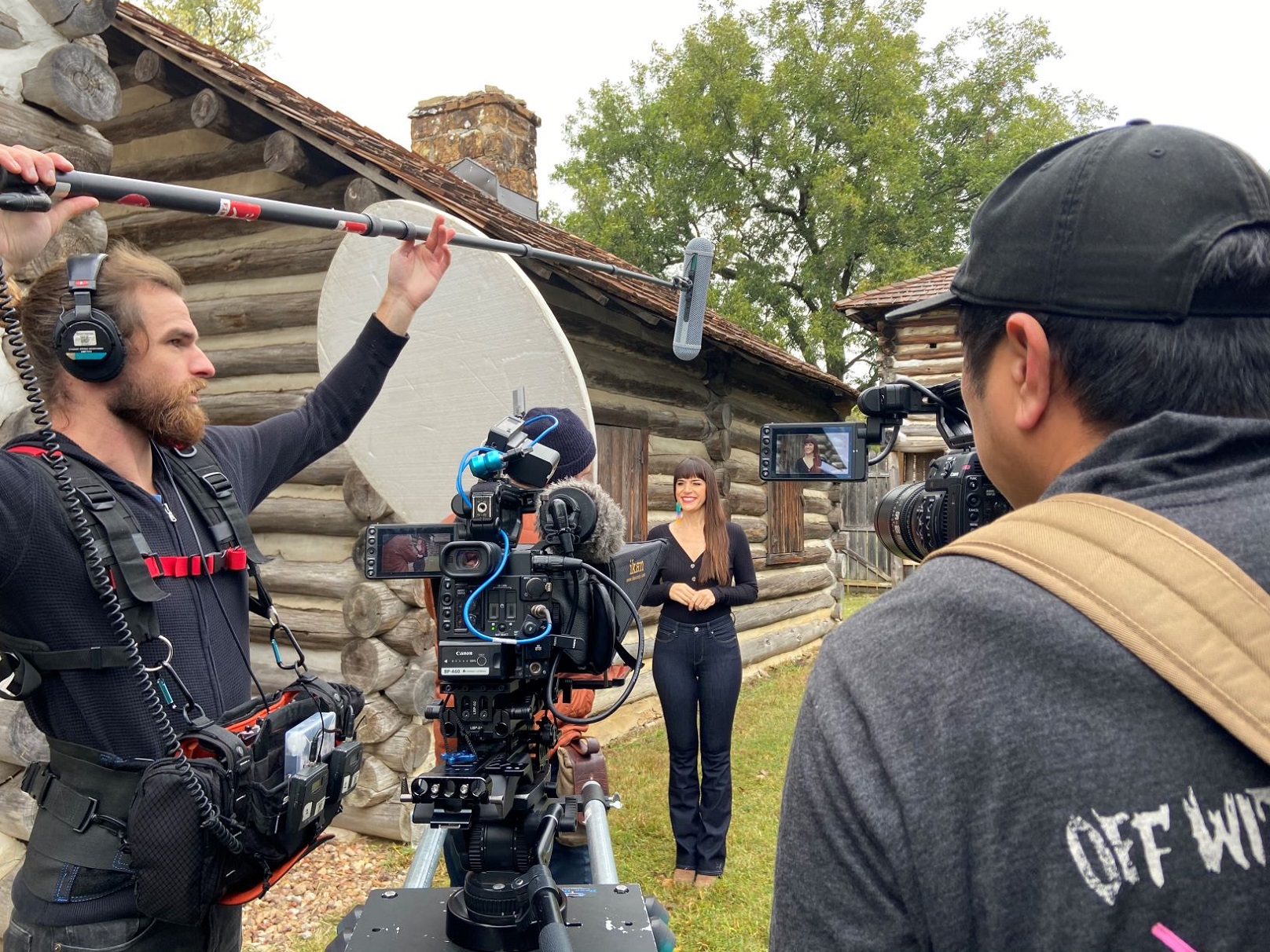
- Details
- By Native News Online Staff
The popular docuseries “Osiyo, Voices of the Cherokee People” is now available nationwide to public media stations through The National Educational Telecommunications Association.
The Cherokee Nation’s show has featured hundreds of Cherokees from past and present while incorporating language, rich traditions, and modern stories of the Cherokee people to viewers. The series is hosted and executive produced by Jennifer Loren, who is a Cherokee citizen, filmmaker, and Emmy-winning journalist.
“The power of storytelling is ingrained in Cherokee culture, and there’s something truly remarkable and powerful in having the opportunity to tell our own story in a way that connects people to their very core,” said Cherokee Nation Principal Chief Chuck Hoskin Jr. in a press release. “It is wonderful that now people across the United States can join us in experiencing that same overwhelming sense of belonging the show offers while celebrating our history, language, culture and values.”
The tribe’s series continues to be honored with numerous regional, national, and international accolades for its innovative approach to sharing the real-life stories of the Cherokee people. The show ranks among the most awarded Indigenous-run series in the industry, including 22 Heartland Regional Emmy Awards.
“It is really incredible to see our series become nationally syndicated. OsiyoTV will now be available to hundreds of public TV stations across the U.S., bringing our authentic Cherokee stories into the living rooms of millions of people, many of whom have likely only known inaccurate accounts of Cherokee history and still believe stereotypes passed on by generations of non-Native media and pop culture references,” said Jennifer Loren, senior director of Cherokee Film. “Being on the air regionally for eight seasons, garnering 22 Emmys and now receiving national syndication prove that there is a hunger for new and accurate portrayals of our people and our rich culture and history.”
The series will be available to more than 250 PBS member stations and regionally within Tulsa on RSU-TV, as well as on FNX, an all-native programming network in 25 national markets. The show is formatted for multiple platforms, including osiyo.tv, YouTube, Vimeo, Facebook, Twitter, and more.
More Stories Like This
Chickasaw Holiday Art Market Returns to Sulphur on Dec. 6Center for Native Futures Hosts Third Mound Summit on Contemporary Native Arts
Filmmakers Defend ‘You’re No Indian’ After Demand to Halt Screenings
A Native American Heritage Month Playlist You Can Listen to All Year Long
11 Native Actors You Should Know
Help us defend tribal sovereignty.
At Native News Online, our mission is rooted in telling the stories that strengthen sovereignty and uplift Indigenous voices — not just at year’s end, but every single day.
Because of your generosity last year, we were able to keep our reporters on the ground in tribal communities, at national gatherings and in the halls of Congress — covering the issues that matter most to Indian Country: sovereignty, culture, education, health and economic opportunity.
That support sustained us through a tough year in 2025. Now, as we look to the year ahead, we need your help right now to ensure warrior journalism remains strong — reporting that defends tribal sovereignty, amplifies Native truth, and holds power accountable.
 The stakes couldn't be higher. Your support keeps Native voices heard, Native stories told and Native sovereignty defended.
The stakes couldn't be higher. Your support keeps Native voices heard, Native stories told and Native sovereignty defended.
Stand with Warrior Journalism today.
Levi Rickert (Potawatomi), Editor & Publisher


